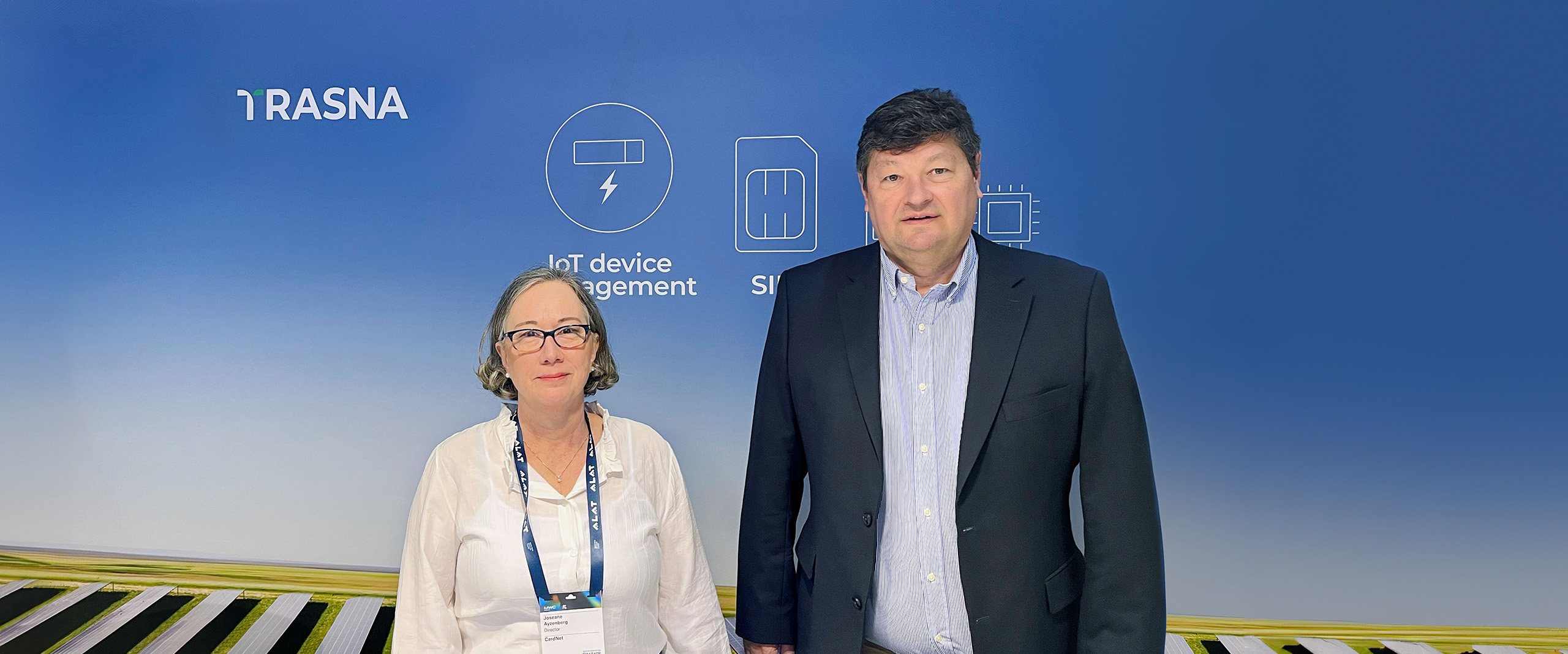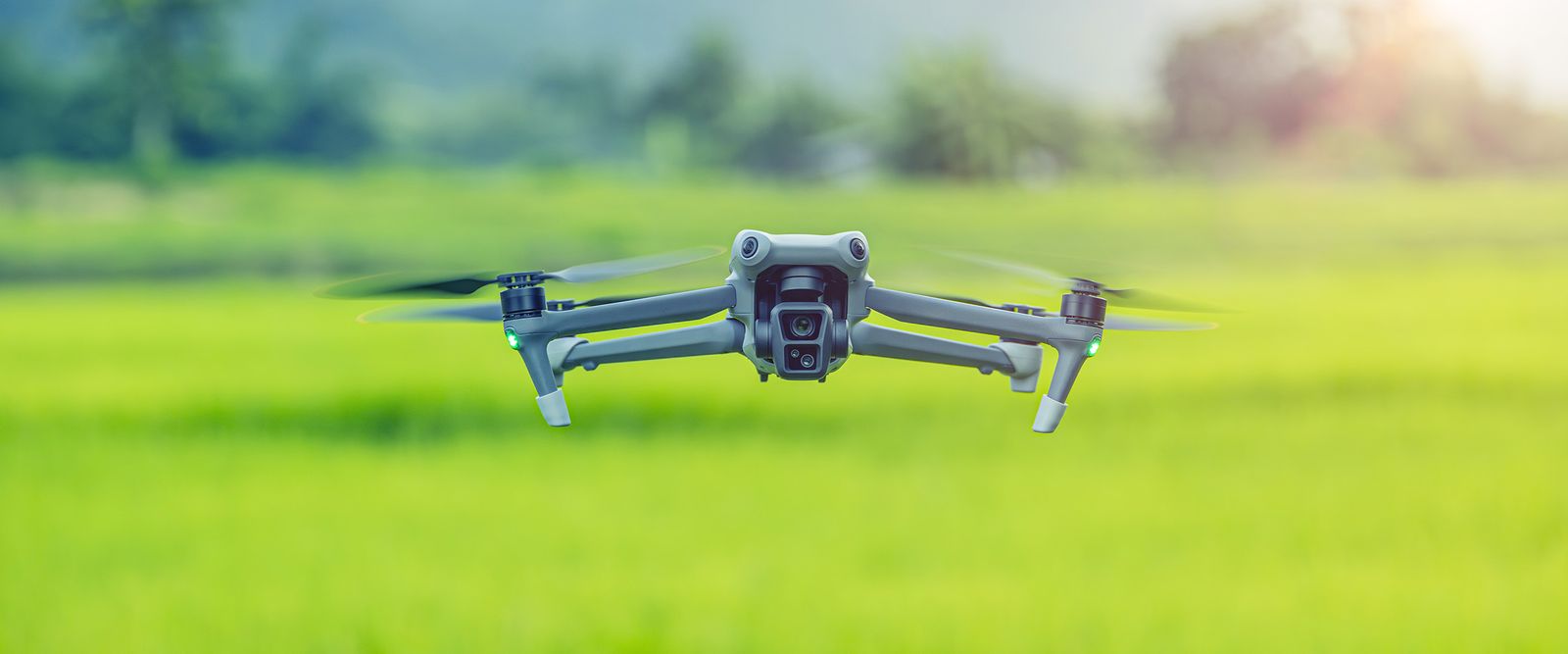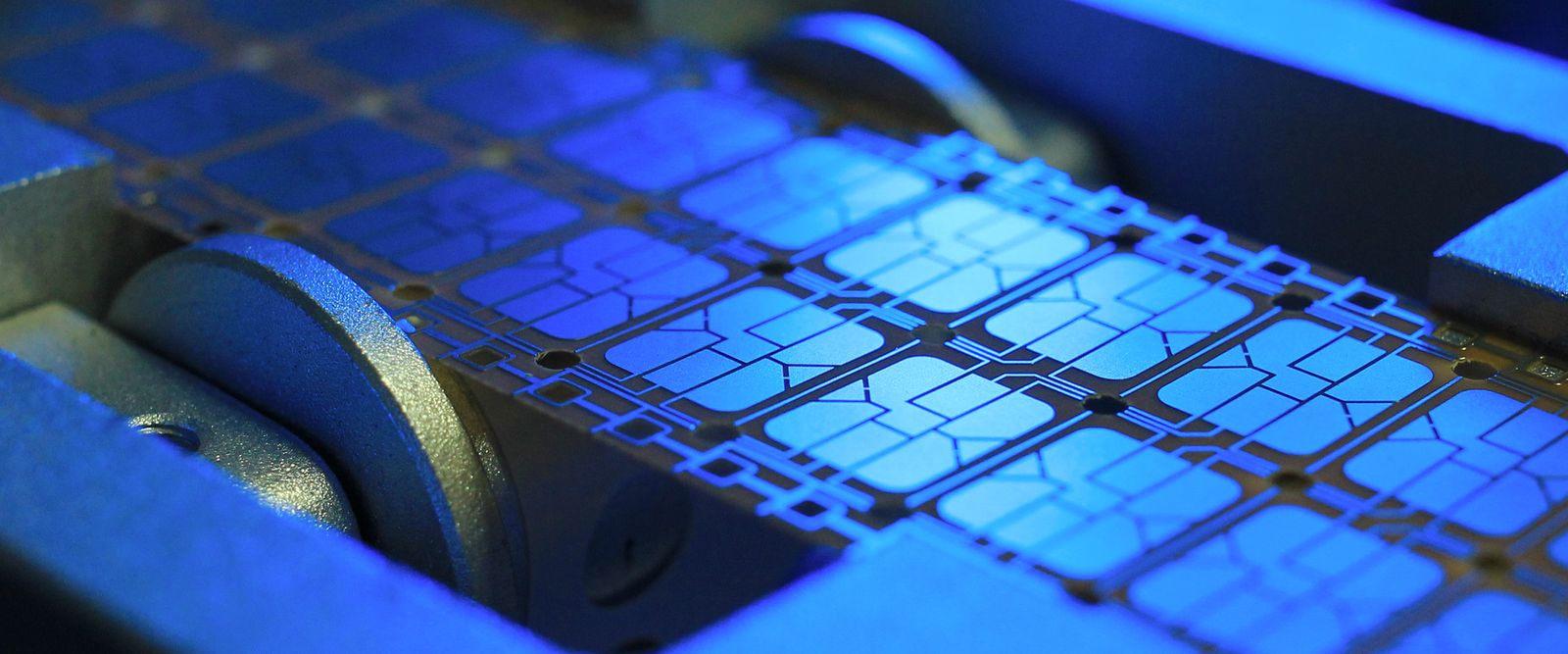From M2M to SGP.32: How should operators approach the IoT eSIM landscape?

As eSIM adoption matures, the boundaries between different types of device provisioning are being redefined, particularly in the enterprise IoT market. This shift isn’t about smartphones or smartwatches, but about provisioning industrial-grade devices like smart meters, asset trackers, and connected infrastructure. And while telcos play a major role, the ecosystem now includes OEMs, enterprises, and connectivity providers, all seeking scalable ways to manage the lifecycle of IoT devices at scale.
For mobile network operators and their partners, the question is no longer "Consumer vs M2M?" but rather, "How do we operationalise the shift from legacy M2M standards (SGP.01/02) to the scalable, future-proof SGP.32 standard for IoT?"
This article explores the evolution of remote SIM provisioning (RSP), the retirement of the M2M specification, and the strategic priorities for stakeholders looking to scale in the eSIM-connected future.
Goodbye M2M: Why SGP.32 is now essential
The original M2M standards (SGP.01/02) laid the foundation for eSIM adoption in enterprise and industrial applications, not consumer devices. These specifications were built for headless, non-interactive endpoints such as utility meters, vehicle trackers, and remote sensors, with provisioning handled entirely by the operator using a one-way, push-only mechanism.
However, the limitations of this approach quickly became clear. These early M2M frameworks lacked the flexibility, decentralised control, and multi-operator support required for today’s dynamic IoT deployments, especially as enterprises, OEMs, and connectivity providers take on more control over device management.
Enter SGP.32 — the GSMA’s modern specification for IoT eSIM provisioning. It introduces a more flexible architecture designed specifically for scalable, enterprise-grade use cases. Here’s what SGP.32 brings to the table:
- Push and Pull Mechanisms: Operators or service providers can initiate profile delivery, but devices can also request profiles on their own using the Local Profile Assistant for IoT (LPA-I).
- Decentralised Control: OEMs and enterprises gain more autonomy over provisioning, enabling real-time orchestration.
- Better Lifecycle Management: Profile updates, deletions, and switching are more automated and interoperable.
Juniper Research predicts that the new GSMA eSIM IoT specifications will drive the growth of eSIM and iSIM IoT connections from 165 million in 2024 to nearly 1.3 billion in 2028.
Comparing consumer eSIM (SGP.22) and IoT eSIM (SGP.32)
Operators need to understand the different trajectories of the consumer and IoT eSIM standards.
While consumer eSIM continues to grow — especially in high-end smartphones and wearables — it still faces hurdles around UX consistency, number portability, and ecosystem fragmentation.
In contrast, SGP.32 is purpose-built for enterprise-grade scale. It simplifies onboarding by removing the need for complex bespoke integrations, enabling zero-touch deployment of millions of devices across both urban infrastructure and remote environments.
Where should operators focus first?
For most operators, MVNEs, and their enterprise customers, the answer is clear: prioritise IoT deployments under SGP.32.
Why?
- Faster time to revenue: Enterprise IoT projects are already buying at scale. Smart logistics, metering, and healthcare are not waiting for consumer eSIM maturity.
- Lower churn, higher ARPU: IoT deployments often come with long-term contracts and mission-critical applications.
- Technology readiness: IoT eSIM under SGP.32 offers a much clearer and more standardised path to programmable orchestration than consumer eSIM, with greater interoperability and automation readiness
According to Juniper Research, enterprise IoT revenue will reach $348 billion by 2028 — a clear signal that commercial investment is accelerating where eSIM orchestration is already mature.
However, consumer eSIM should not be ignored — especially with increasing adoption in wearables and BYOD scenarios. But for operators looking to build infrastructure with immediate enterprise value, IoT is the right starting point.
How Trasna helps
Trasna provides GSMA-compliant solutions for operators and OEMs looking to scale under the new SGP.32 standard.
Our eSIM IoT Cloud platform supports:
- Remote orchestration of profile delivery and switching
- Full lifecycle automation for embedded devices
- Flexible integration options for LPA-I and SM-DP+ infrastructure
Get in touch with our team to see how Trasna helps streamline eSIM provisioning for global IoT deployments.






Details
The landscape of smart cities, utilities, security systems, and device manufacturing is rapidly evolving.
























